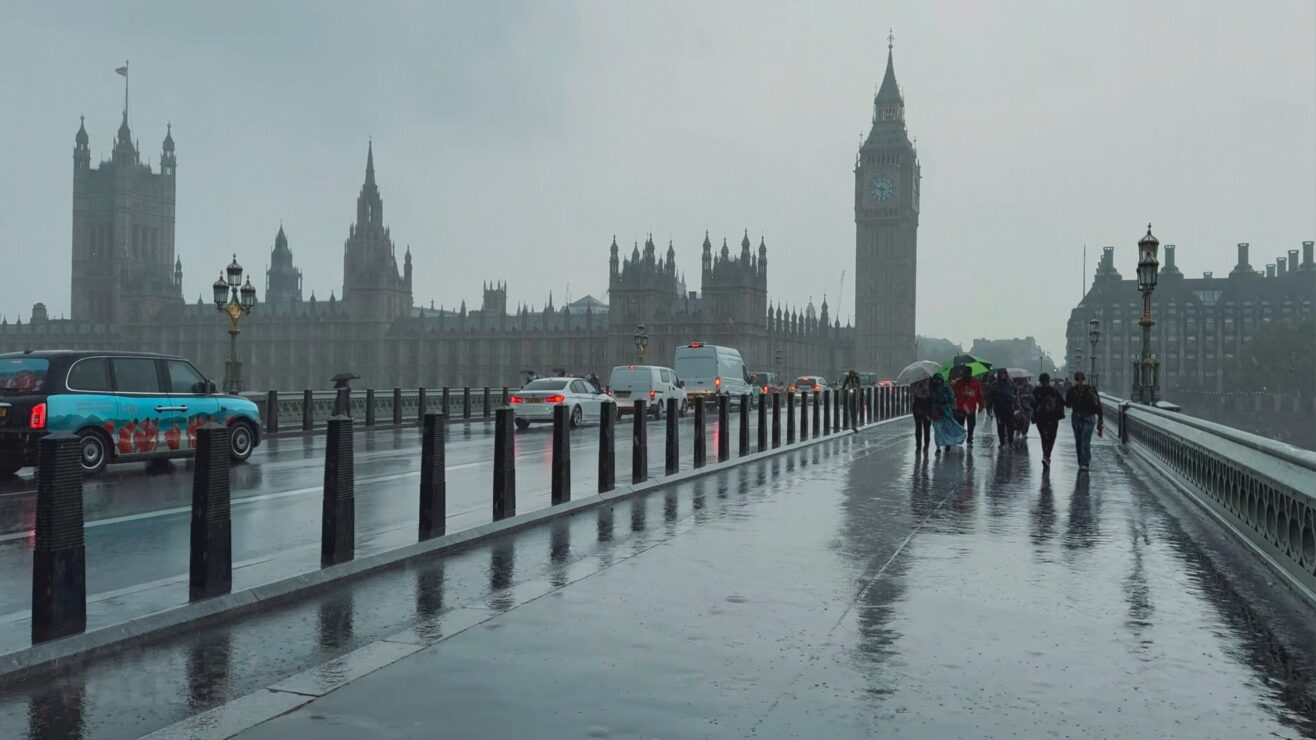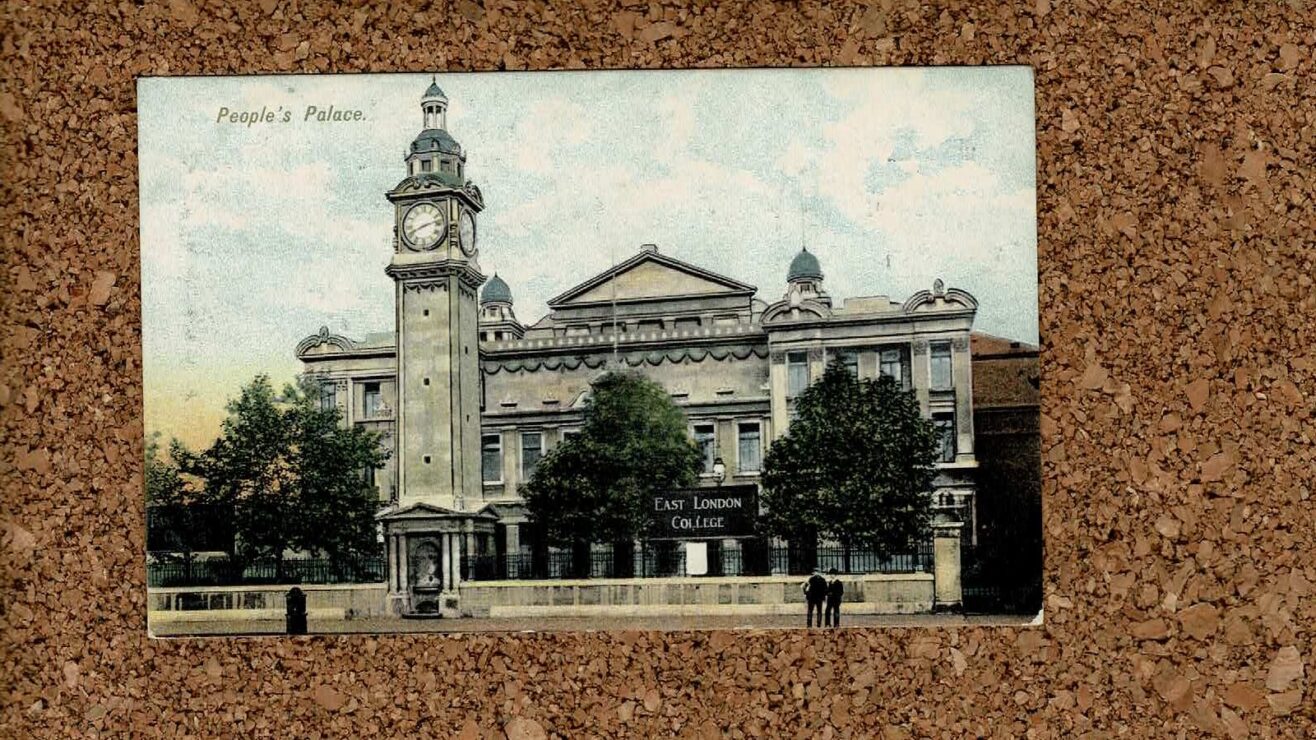Spreading the research funding jam
Andy Westwood
We now have a slightly clearer idea about how the UK is paying its £1-2 billion membership fee for the EU’s Horizon programme. Just before Easter an additional £250m was announced alongside an assurance that existing budgets at UKRI wouldn’t be cut, with the rest met through “unallocated funds”.
There’s a lot at stake – not least a share of the six year €95.5 billion programme running until 2027. Coincidentally that’s the same year that the government has promised it will meet its target for spending 2.4 per cent of GDP on research and development, up from 1.7 per cent today. The worry is that the government can count any association costs against these targets, but at the expense of promised funding increases.
There is a gap between the government’s ambition of becoming a “science superpower” and the research community’s worries of “dramatic” and “unprecedented” cuts, redundancies, reputational damage and an “existential threat” to UK science.
Which is it? Probably neither. As Nick Hillman has recently observed, we’ll probably fall short of the target, but the UK’s spending is still likely to increase overall, though there will be many areas where it doesn’t feel that way. But is that an existential threat? No.
Of course there are big issues. Pulling out of international commitments at such short notice isn’t sensible. Losing out as overseas aid is cut from 0.7 per cent to 0.5 per cent will have a disproportionate effect on research, just as it did in the other direction when George Osborne allocated a real terms increase to the Global Challenges Research Fund and the Official Development Assistance target at the last proper spending review.
This time increased budgets – yes, they are still increasing – will now more likely end up focused on domestic priorities including the Advanced Research and Invention Agency (ARIA) or on levelling up. The forthcoming “place” and innovation strategies will undoubtedly tell us more and both are promised in the next six months.
The reality may be a move from a dual system to one facing in five or six directions at the same time. That will include QR research funding and the research councils – though both may end up squeezed by settlements that don’t increase as much or as quickly as hoped.
Then there will be ARIA alongside newly repackaged innovation and place funding and the remains of “missions” and applied research from the May government’s industrial strategy. Lastly there will be continuing EU funding via Horizon. We haven’t heard quite as much about what UK universities will gain from the €95 billion available but past performance suggests it will remain significant, whatever the cost of association.
That leaves some very big questions about complexity, jam spreading and the capacity of government to manage it all. At the same time universities remain under serious pressure from a DFE hell bent on reducing funding and/or numbers.
The real crisis then is the absence of a coherent overarching strategy for universities doing research. Even if funding is increasing towards 2.4 per cent, the benefits will be threatened by wider pressures on universities. It is not clear that anybody in government really cares about that.
It was science what won it
Jonathan Grant
Sixteen years after Alexander Fleming discovered penicillin in 1928, the mass production of the antibacterial drug became a life saver for many soldiers in the Second World War. Howard Florey and Ernst Chain had turned Fleming’s accidental discovery into a useable drug, with all three winning the Nobel Prize in 1945. But it was the US drug companies that succeeded in making large quantities of penicillin, using a technique known as deep-tank fermentation, that meant output increased exponentially between 1943 and 1945.
This science success story was aided and abetted by the US Office of Scientific Research and Development, which not only oversaw the public-private partnership for the production of penicillin, but was also behind the Manhattan Project.
At the end of the Second World War, President Roosevelt asked the Office’s director, Vannevar Bush, to make recommendations for how scientific and technological progress during the conflict could be applied in peacetime. Bush published his report – Science: The Endless Frontier – in July 1945, setting out a blueprint for how the US government could support and fund research which led directly to the establishment of the National Science Foundation.
As we emerge from the pandemic, it is important that we reflect on the lessons that can be learned for research policy, in the same way as Bush did at the end of the Second World War. This should be a slow and careful discussion, but in the meantime there are four lessons to reflect on.
The first is to rid ourselves of the false dichotomy of basic versus applied research. The unprecedented speed by which vaccines have been developed illustrates the power of having a mission (a “moonshot”) as well as the necessity of underpinning scientific knowledge.
Second, we need to find ways to protect independent scientific advisors from being politicised, as I have argued elsewhere. A simple mechanism would be to allow advisors to require a “ministerial direction” when their advice is not followed, in the same way as senior civil servants can when they question a policy’s value for money.
Third has been the successful application of “citizen science”, as illustrated by the Covid-19 Zoe app, which has over four million people logging their symptoms on a daily basis. This provided a leading indicator of infection rates and evidence of initially unknown symptoms such as the loss of smell and taste. This form of mass participation – new power research – should be celebrated, supported, and funded.
Finally, research leaders, in universities and funding bodies, need to find their voice and start standing up for science and the sector in a way they failed to do prior to the pandemic.
Thankfully, this has already started to occur, with the past and present directors of the Wellcome Trust recently penning opinion pieces in the broadsheets challenging the rhetoric of the government’s scientific aspirations in light of funding cuts. Universities can and should hold their collective heads high and no longer remain remote from the societies they serve.
At Wonkfest Digital on 9-10 June we’ll be thinking through how universities can Build Back Higher after the Covid-19 pandemic. Find out more about Wonkfest Digital and get your ticket here.













